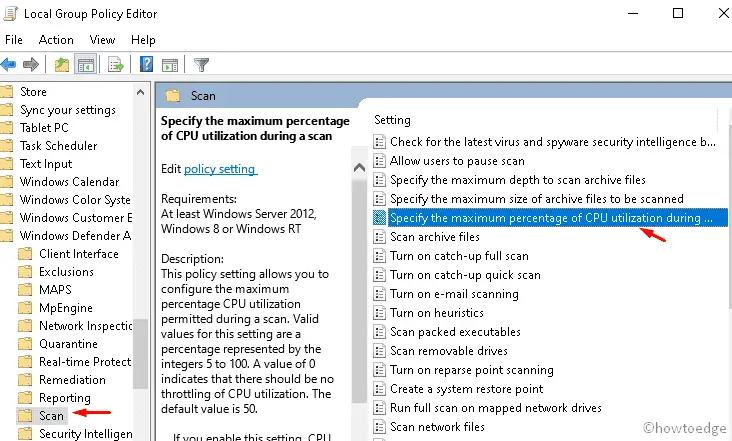
After that, copy-paste the following command:Ī) Update and Quick scan Update-MpSignature Start-MpScan -ScanType QuickScanī) Quick scan Start-MpScan -ScanType QuickScanĬ) Full scan Start-MpScan -ScanType FullScanĭ) Custom scan Start-MpScan -ScanType CustomScan -ScanPath "Full Path" Our Windows Defender team are the one who areĬapable of providing the exact meaning of those lines.2. Those logs are usually use for submission of errors or problems with Usually the log contains a lot of lines with the string Internal signature match:subtype=Lowfi, but these don't seem to be real virus detections: They don't show up in Threat History and finds nothing ("No engines detected this file").Īccording to Moderator/Microsoft Agent Justine Pel in a thread in the Microsoft Community Forums, the log files are intended for submitting Windows Defender errors to Microsoft, therefore I suspect the Internal match entries are included for debugging purposes only: T04:57:20.837Z Service launched successfully from: C:\ProgramData\Microsoft\Windows Defender\Offline Scanner You can tell that it is an offline scan log by the following line somewhere at the beginning: The log showing the offline scan run seems to be stored in a file below C:\Windows\Microsoft Antimalware\Support, using the naming scheme MPLog-.log (e.g. In previous versions of Windows: Select Threat history.In current version of Windows 10: Under Current threats, select Scan options, and then select Threat history.

On the Virus & threat protection screen, do one of the following: Select Start, and then select Settings > Update & Security > Windows Security > Virus & threat protection. To see the Windows Defender Offline scan results: According to Microsoft, any threats detected by the offline scanner will show up in the Threat History (where the online scanner also records any viruses found):


 0 kommentar(er)
0 kommentar(er)
